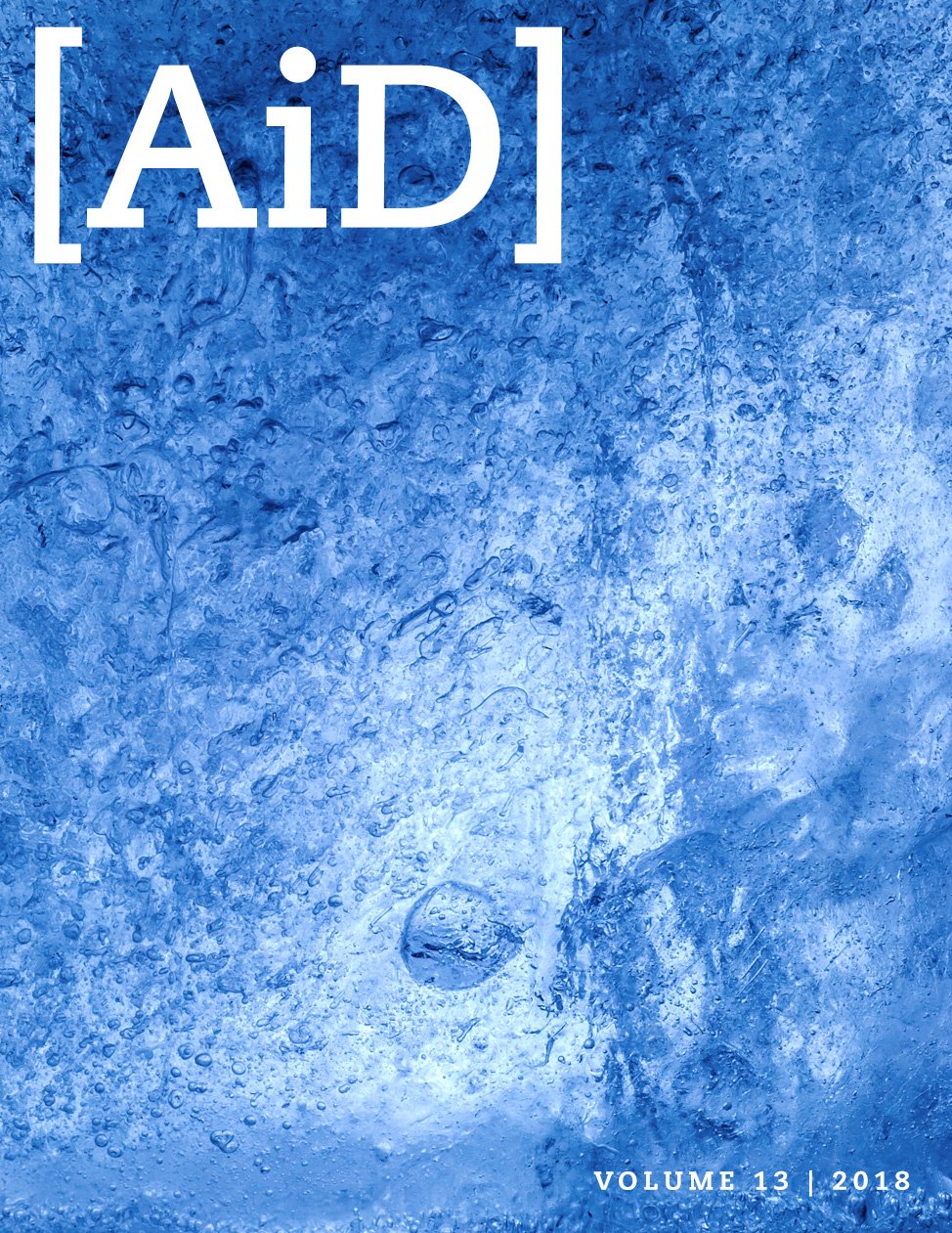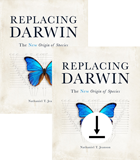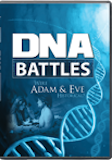
Origin of Mitochondrial DNA Differences
Abstract
In 2016, Dr. Nathaniel Jeanson published an article in the Answers Research Journal regarding the origin of the differences in human mitochondrial DNA. While he has published previously on the topic of mitochondrial DNA (mtDNA), this article brings a study of African mtDNA differences and discusses how it supports the young-earth creation model. This article will summarize Dr. Jeanson’s research.
A major contention of the young-earth creation position is that all people groups as we know them today arose after the flood from the three sons of Noah and their wives. Around 4,000 years ago they separated as part of the dispersion that took place after God confused the languages at the Tower of Babel in Genesis 11, leading to the vast variety of human ethnic groups we observe today. This is in stark contrast to the evolutionary view that the first humans arose in Africa around 200,000 years ago. Evolutionists cite mtDNA to support this, rightly pointing out that African populations have a higher level of variation in their mtDNA than other people groups. Since they assume a consistent rate of mutation in mtDNA across all people groups and since they assume identical marriage and family customs across all people groups, more mutations in the African people groups would indicate a longer period of existence.
Dr. Jeanson tested the origin of the mtDNA differences in Africans using available databases of mtDNA sequences and marriage data from the United Nations. The UN data from the 1970s showed that about two to three times as many African females were married by the ages of 15–19 compared to non-African females, probably leading to shorter generation times. This is important because mtDNA is believed to be passed to children exclusively from the mother. Thus, if the mother is married younger, she is likely to have a shorter generation time.
Setting the Max
Using this shorter generation time, Dr. Jeanson took the data from the mtDNA databases and calculated the number of changes in nucleotides (single base pairs) that should have arisen in the African genome since Noah’s flood. With the shorter generation time, Dr. Jeanson calculated that there should have been around 115 changes in nucleotides. Since he had previously calculated in the paper the number of mutations at the same generation length before the flood as around 22 nucleotides, this led to a total maximum of 137 nucleotide changes in a population. However, this is a maximum—one number in a range of calculations. In fact, this might be too high a number.
The maximum number of differences young earth creationists would expect between the mtDNA genome of two people is 123 nucleotides.
Decreasing generation times correlate with an increase in the number of mtDNA mutations. If we presume the 15-year generation time, the maximum difference in mtDNA is 22 nucleotides in the pre-flood lineages. However, the pre-flood number is likely significantly lower than the calculated maximum. In the pre-flood genealogies, men had their first son in what we today would consider old age. If women mirrored these practices, they would not have had an average marriage age of just 15 years. The slower generation times would have lowered the number of mutations that arose in the mtDNA sequence. Dr. Jeanson put the number somewhere between two and eight nucleotide changes prior to the flood. Thus, the maximum number of differences young earth creationists would expect between the mtDNA genome of two people is 123 nucleotides. Keep that number in mind.
In looking at the mtDNA databases, the maximum difference between two individuals was 123 nucleotides. Recall that the young-earth creationist calculation was 123 nucleotides in variance. Thus the observed difference in nucleotide bases in mitochondrial DNA is well within the creationist expectation.
Crunching Numbers
This is a significant problem for evolutionists because of their 200,000-year timescale. Dr. Jeanson used an observed rate of mtDNA mutations from European and Asian populations and assumed that African populations had the same rate of mutation. Evolutionists also assume that mtDNA mutates at a constant rate. This is where they develop a problem. Using the same shortened generation time, the evolutionary model would expect 2,632 nucleotides of diversity. This number is not even close to what we observe. Even using a lower rate of mutation and a generation time of 35 years, evolutionists would expect nearly 700 nucleotides of diversity. Yet the maximum that we actually observe is 123.
Using the same shortened generation time, the evolutionary model would expect 2,632 nucleotides of diversity. This number is not even close to what we observe.
There are some reasonable questions to ask regarding this study. The generation times Dr. Jeanson used were based on marriage age, not age of child birth. However, as Dr. Jeanson points out, the 15-year generation times are meant to account for the maximum amount of variation, not the average. Most of the mtDNA differences—especially among non-African individuals—do not require such a short generation time. Only a very few individuals from African populations would have needed such short generation times, assuming a constant mutation rate. Therefore, the young-earth creation model easily accounts for the diversity in nucleotides observed in mtDNA, while the evolutionary model does not.
Recommended Resources

Answers in Genesis is an apologetics ministry, dedicated to helping Christians defend their faith and proclaim the good news of Jesus Christ.
- Customer Service 800.778.3390
- © 2024 Answers in Genesis




